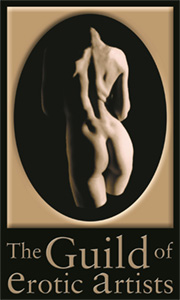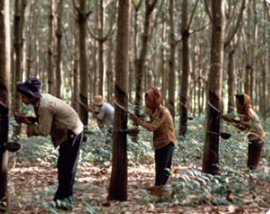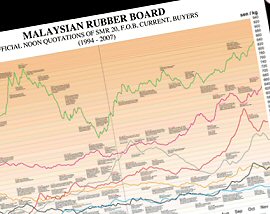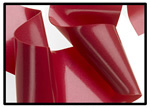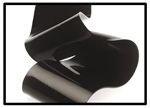|
Latex Rubber
Rubber sheeting is manufactured in Malaysia, one of the world's principal rubber-producing countries, where there is a high degree of experience in making high-quality rubber goods: it is the world's largest producer of medical gloves, and many of the rubber goods you use every day are probably made in Malaysia.
100% pure natural latex, The only additives are dyes, and glossing agents.
The raw material used in the manufacture of latex sheeting is liquid latex, which is collected from local rubber plantations. It is a 100% renewable resource. No toxic chemicals are used in the production Rubber.
Rubber manufactured ethically?
Malaysia is a well-developed country where most of the population enjoy a relatively high standard of living. There are laws to protect workers - especially children - against exploitation: all staff in factories enjoy clean and healthy working conditions, are paid the going rate for their job, and are given all breaks and time off as required by local law, plus paid holiday.
Latex is a traded commodity (like coffee or oil), so its price can be affected by speculation, as well as natural disasters in the regions where it is produced, and the exchange rates of the currencies in those countries. In recent months, the price of raw latex has reached record levels (the highest since the 1950 Korean War!)
The Malaysian Rubber Industry
In the middle of the nineteenth century, rubber came from South America, where the hot wet climate suited the wild rubber tree, but it was very difficult to collect it from the dense jungle. It soon became obvious that more rubber would have to be grown elsewhere to meet the demand.
In 1876, Sir Henry Wickham, at the request of the British India Office, collected and shipped from Brazil 70,000 seeds from the wild rubber tree. These were rushed to Kew Gardens in London and planted in specially prepared hot-houses. The small number which survived were taken in 1877 to Ceylon and later to Malaysia and other countries of South-east Asia.
The rubber tree quickly flourished in Malaysia. By the end of the nineteenth century, there were 2,500 hectares of rubber in Asia.
Shortly afterwards Henry Ford started making his famous motorcar and the demand for rubber - to make tyres - rocketed. The trees in the South American jungle could not possibly produce enough rubber and so the new plantations of Asia found that the world wanted all the rubber they could produce, and more. By 1910 there were ½ million hectares of rubber planted and the countries of Asia had now become the main suppliers of rubber.
With the spread of motoring to every country in the world, even today’s enormous acreage of rubber (about 6 million hectares in all) cannot supply enough. There is not enough natural rubber to go around. Scientists have developed man-made rubbers from petroleum. These are often mixed with natural rubber. For some products, however - for example fashion latex - only natural rubber is really suitable.
www.stationalt.com
( Information courtesy, The Malaysian Rubber Board and Radical Rubber )
|

